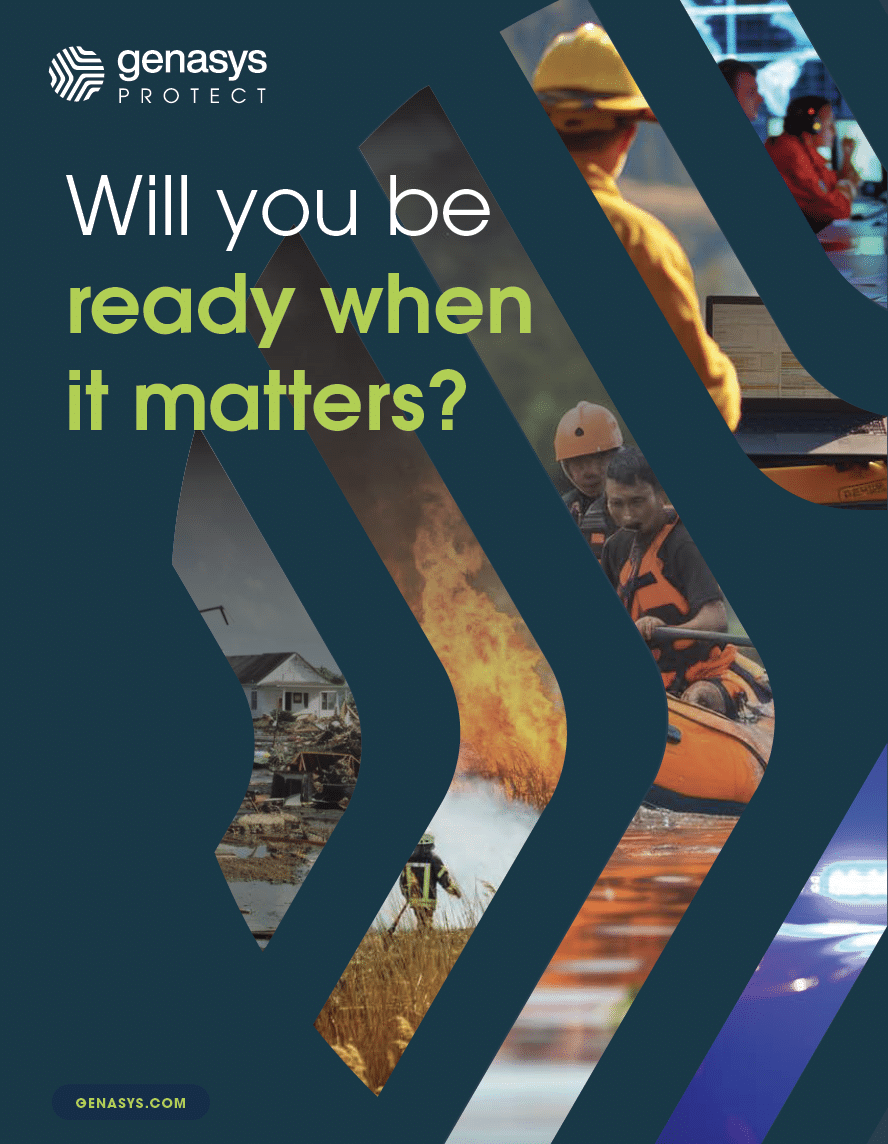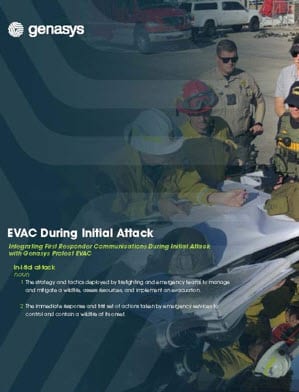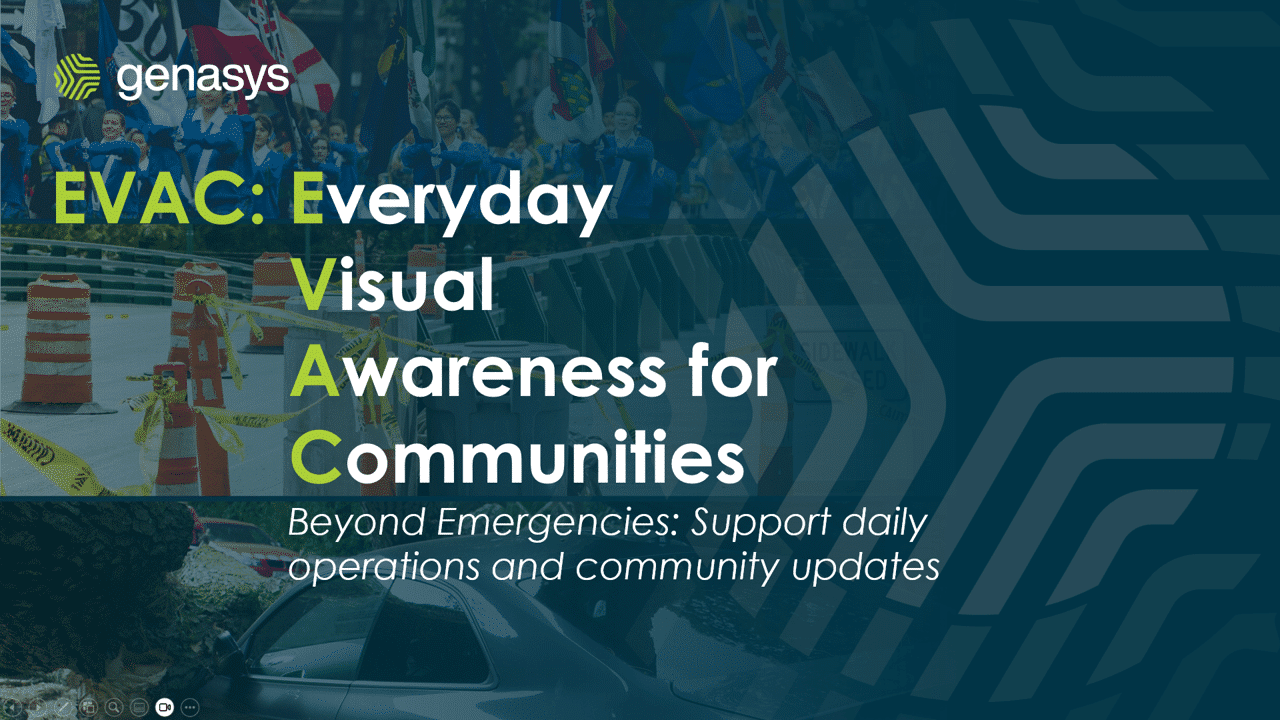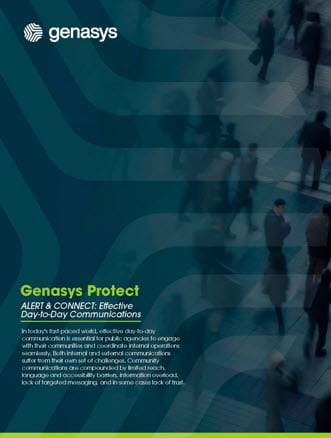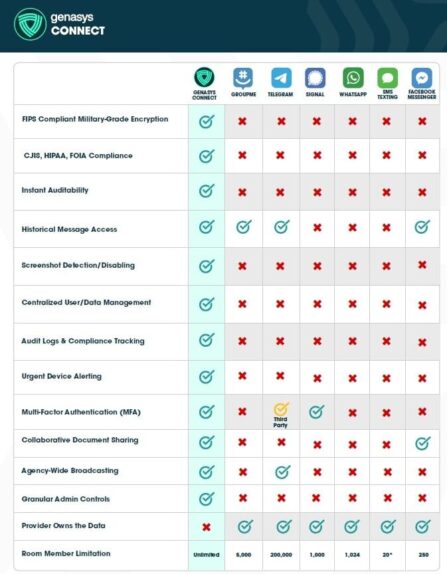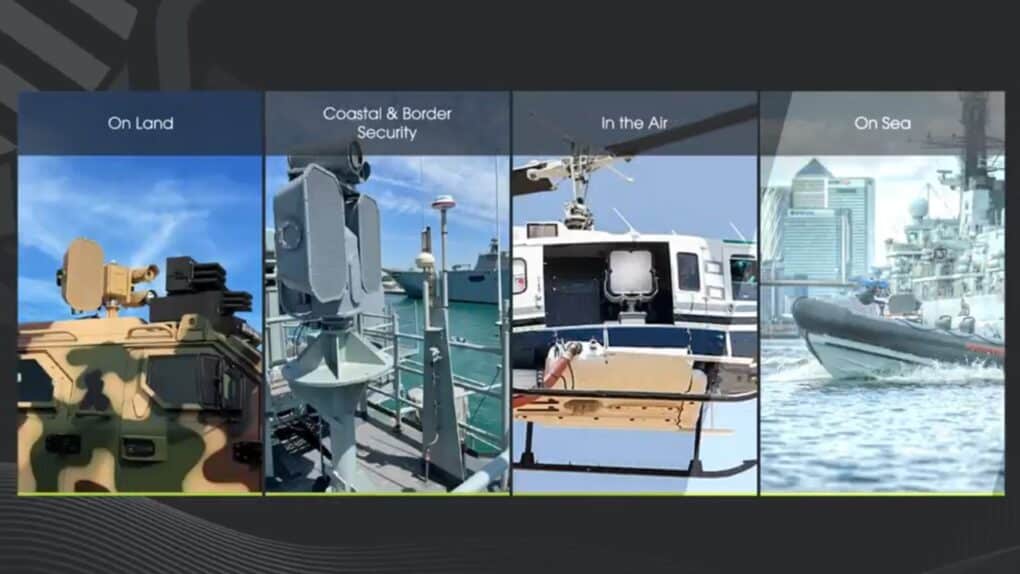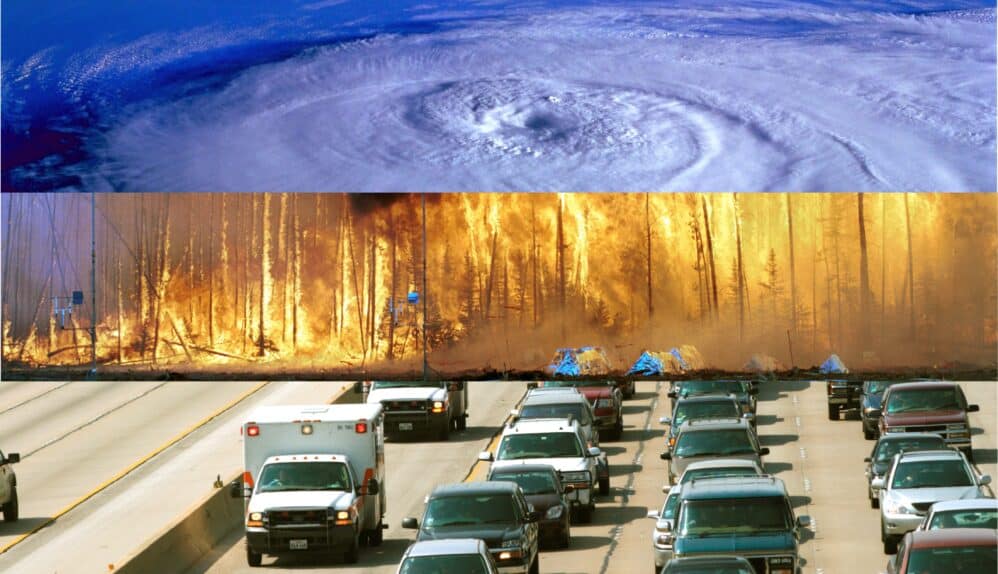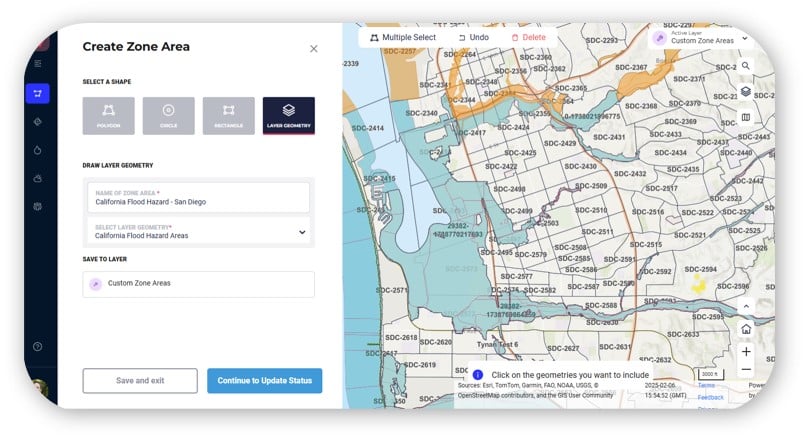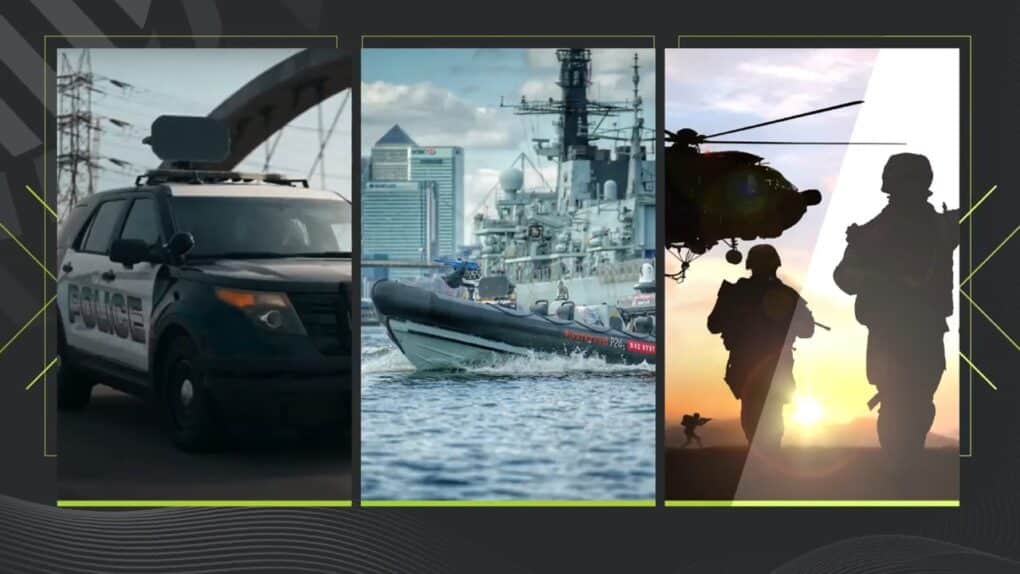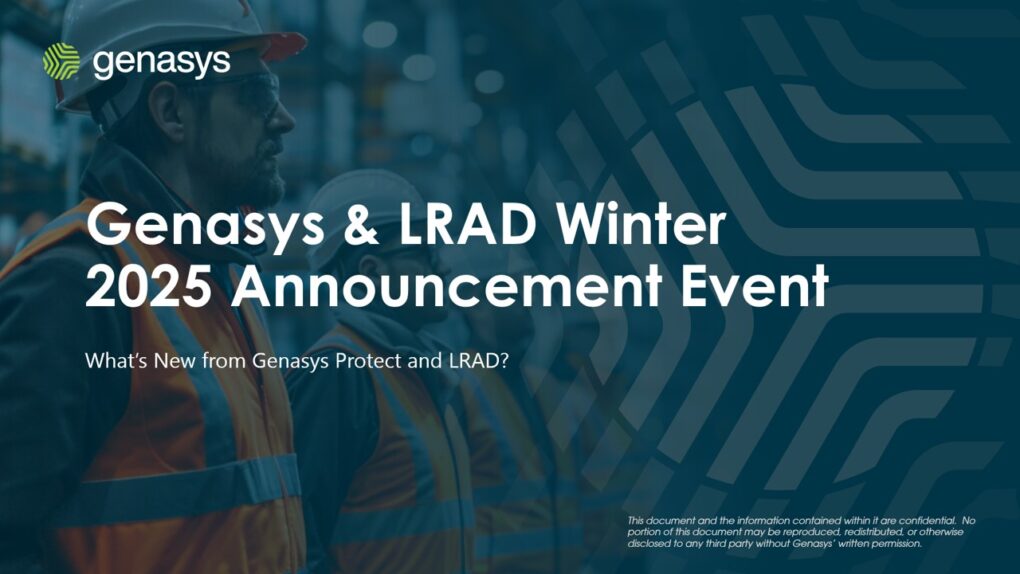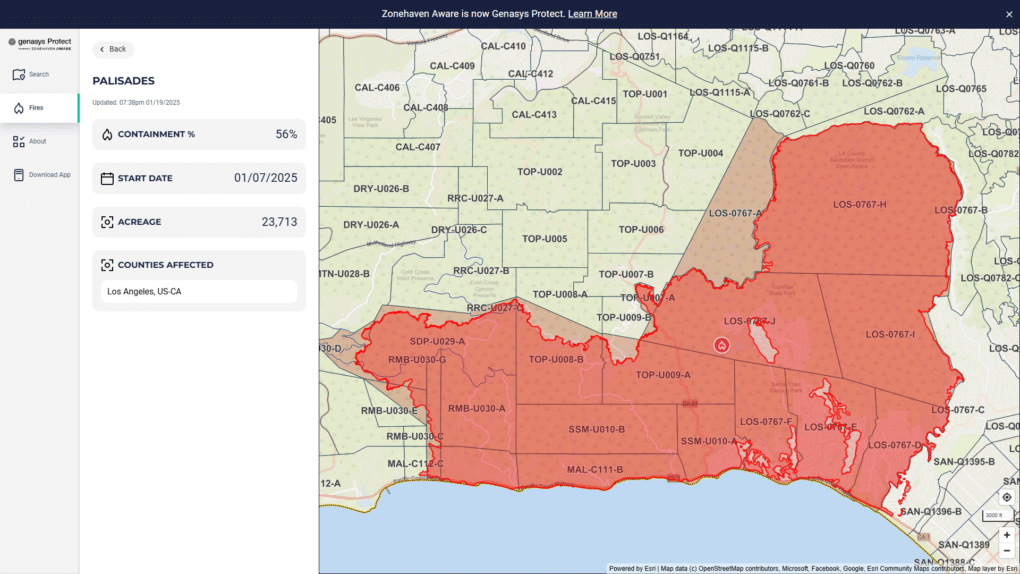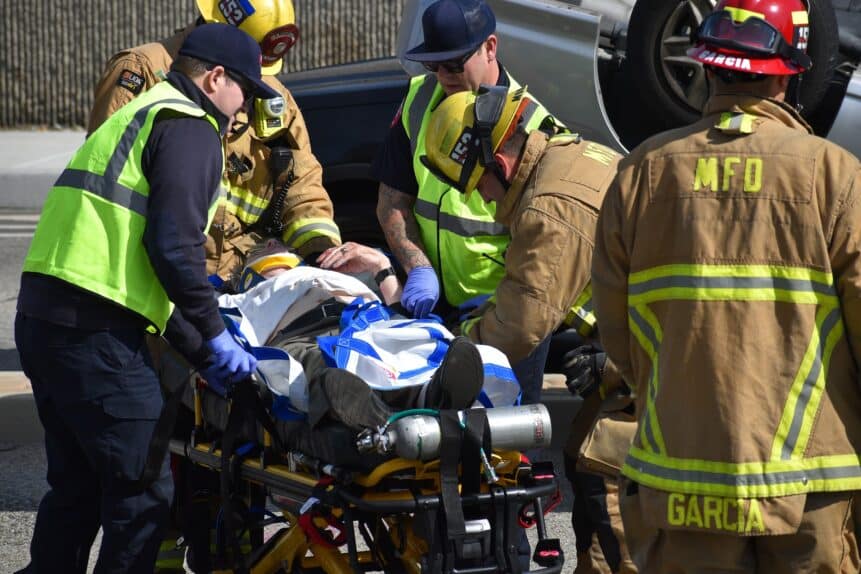By Adam Stewart, Head of Marketing at Genasys Inc.
Emergency response has evolved to combat the steady increase in complexity, intensity, and frequency of natural disasters and other public safety threats. First responders can only reach so many people physically, making timely communication the best method to get people out of harm’s way during a crisis.
Multi-channel communication has become a cornerstone of crisis management, offering public safety agencies and private entities the means to alert and instruct the people that they are responsible for. Here you will find key points to consider ensuring a protective communications provider meets and exceeds your needs.
Understanding Multi-Channel Communications
Multi-channel communications refer to the use of multiple communication channels to disseminate information. Unlike traditional single-channel methods, which may rely solely on outdoor sirens or radio broadcasts, multi-channel communication can leverage a variety of mediums such as SMS, mobile apps, social media, email, and audible voice broadcasts.
By utilizing a combination of live and predetermined messaging, along with smart area segmentation, sensor connectivity, and extended-range audio systems for external warnings, first responders can effectively communicate with individuals in their location. Now you can send targeted and precise communications to individuals, groups, or specific areas, regardless of whether people are registered.
In addition, strongly consider solutions that offer integrated long-range acoustic devices, especially with backup power capabilities. With these devices added to communication options, first responders can communicate with the surrounding public when there is a loss of power or network connectivity does down. This is especially critical in reaching the unhoused, visitors and tourists, or anyone without access to technology.

Benefits of Multi-Channel Communications
The benefits of multi-channel communication are manifold. Enhanced reach and accessibility allow agencies to connect with individuals who may not be reachable through traditional means.
Each communication channel presents unique benefits that determine their effectiveness in different situations. Accessing more communication channels provides flexibility when dealing with crises of varying impact. Using multiple channels simultaneously improves message penetration, which ensures that critical information is effectively disseminated and understood by a larger portion of the population. This is especially critical for emergency management given the life-threatening consequences of ineffective communications.
Conducting a Needs Assessment
Conducting a thorough needs assessment is crucial for tailoring multi-channel communication strategies to the specific requirements of both your agency and community. This involves engaging stakeholders, analyzing data, and identifying preferred communication channels, audience demographics, and accessibility requirements. By understanding the unique challenges and characteristics of the community, agencies can find the right provider and later develop communication plans that meet their needs effectively.
Finding The Right Provider
Armed with insights from the needs assessment, agencies can find the right provider to address all their needs. Despite its many benefits, implementing multi-channel communication may pose certain challenges. These include addressing data security and privacy concerns, overcoming technical limitations, and ensuring compliance with regulatory requirements. Additionally, interoperability issues and resource constraints may present obstacles that agencies must navigate in their implementation efforts. Make sure providers adhere to regulations and legal safety requirements to avoid any future issues.
Implementing Multi-Channel Communication Strategies
Armed with insights from the needs assessment, agencies can proceed to find the right provider. This includes developing tailored communication plans that utilize a combination of voice, text, email, social media, mobile apps, and outdoor warning systems. Incorporating best practices for message customization, timing, and frequency further enhances the effectiveness of these strategies.
Although emergency communications may be the focus, multi-channel solutions can extend into day-to-day communication, providing value on a regular basis. When done right, regular communication can improve community engagement, organizational structure, and efficiency, and build a resilient community. Assessing the usefulness of the channels available daily may help to find the right solution.
To Sum Up
Multi-channel communication plays a vital role in enhancing emergency preparedness and response efforts. Conducting a thorough needs assessment is key to selecting the right emergency communications provider that can help you implementing targeted communication strategies and effectively leveraging the power of multi-channel communication to safeguard lives and property during emergencies. Putting in the time and effort ahead of time will ensure you get the most out of your solution to protect your community.
Contact Genasys to learn more about protective communications software that ensures you’re ready when it matters.


